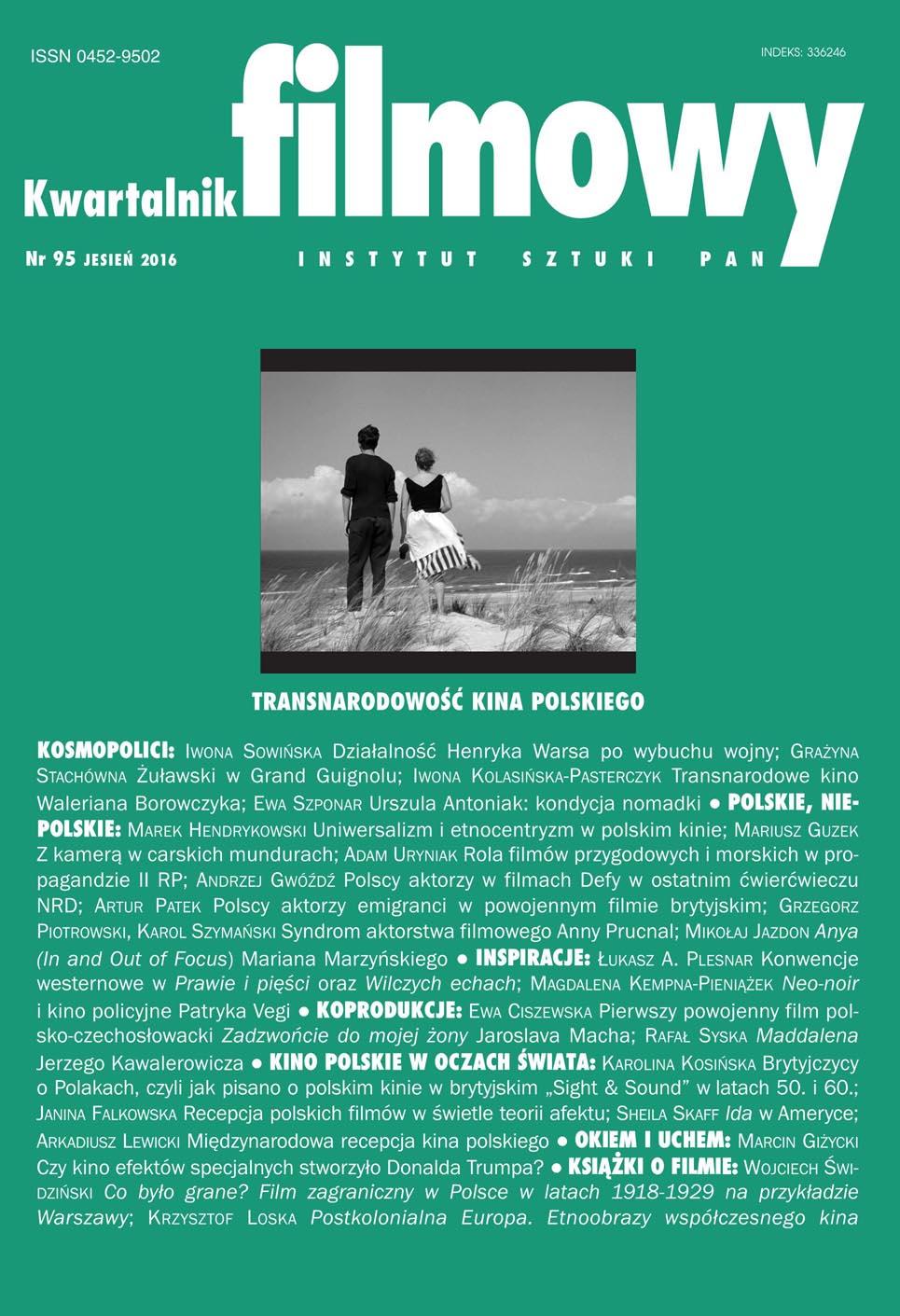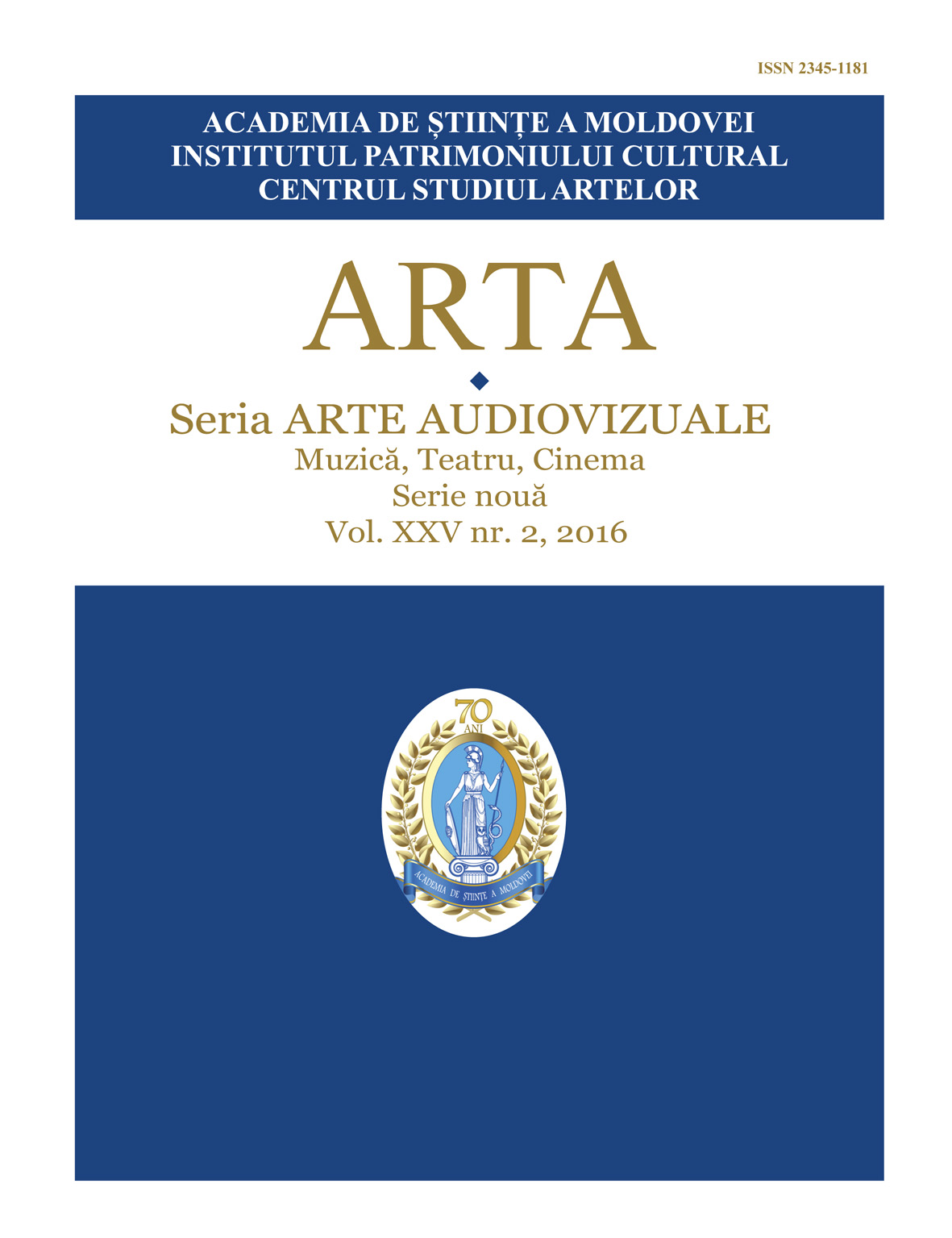
Muzyka bez granic? Działalność Henryka Warsa po wybuchu wojny
A film music composer must be able to adapt to changing conditions and requirements. However, the variety of challenges faced in his long, transnational career by Henryk Wars was exceptional. Before the war Wars was one of the leading figures of Polish show business and a major film music composer. Following the outbreak of the war he composed music for two Soviet feature films, including the anti-Polish “Dream” by Mikhail Romm. Then together with the army of General Anders he travelled through the Middle East to Italy, where he worked on the patriotic “Great Road” (“La Grande Strada” by Michał Wyszyński). Finally he moved to the United States, where, after a number of years, he began to receive first serious commissions, and with time achieved a level of success as a film music composer for westerns, crime and family movies and TV series. Using the examples from the Soviet and American period of Wars’ work, the author considers how surrounding external context and factors of politics, ideology, genre formulas and dominating film practice influence the process of composing film music.
More...
